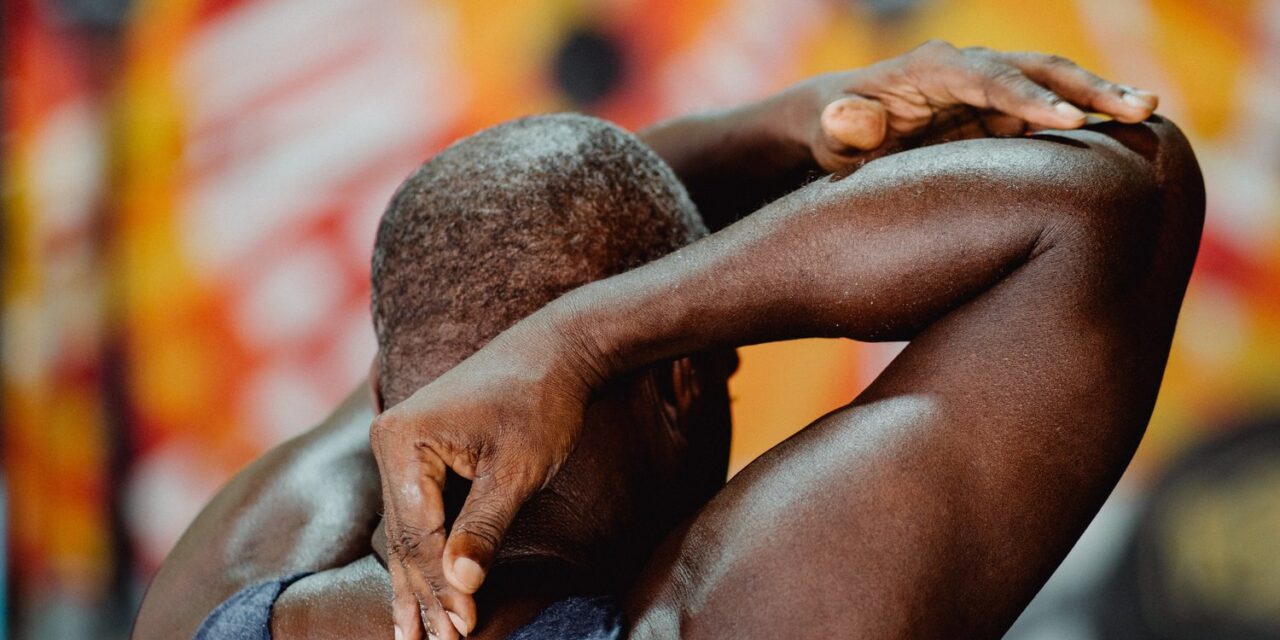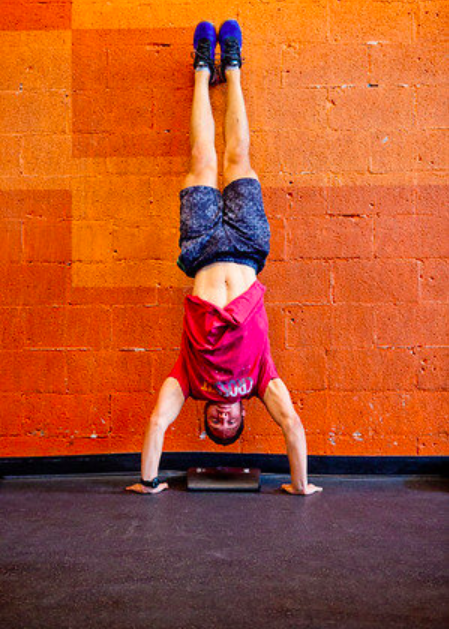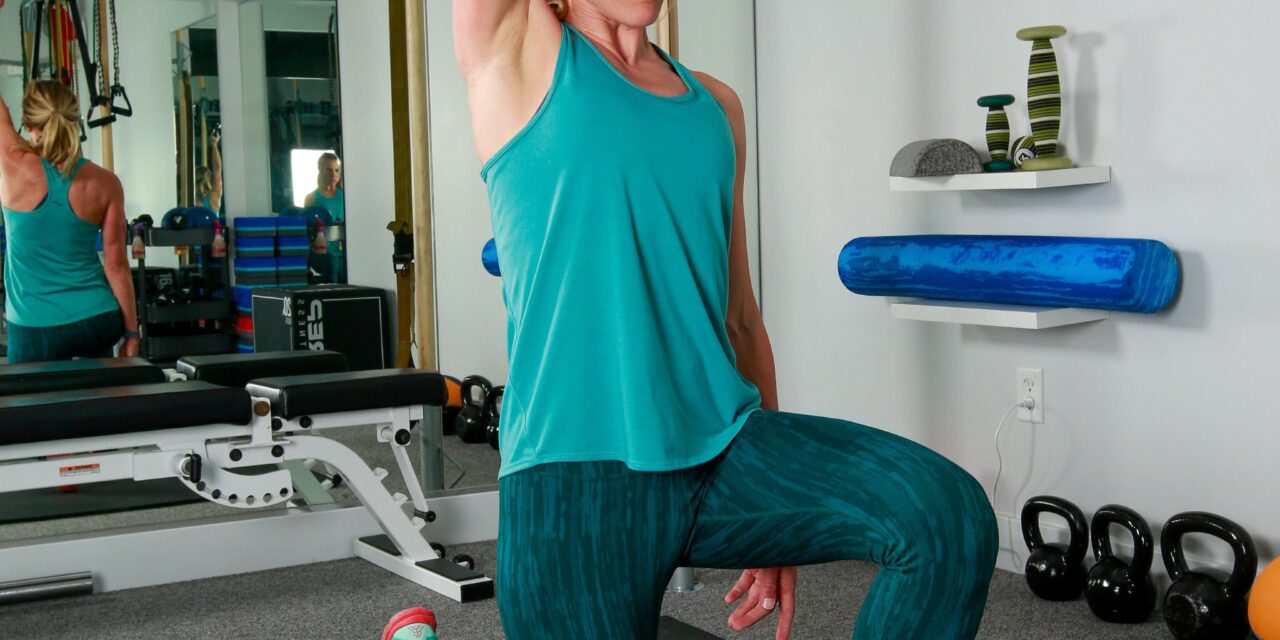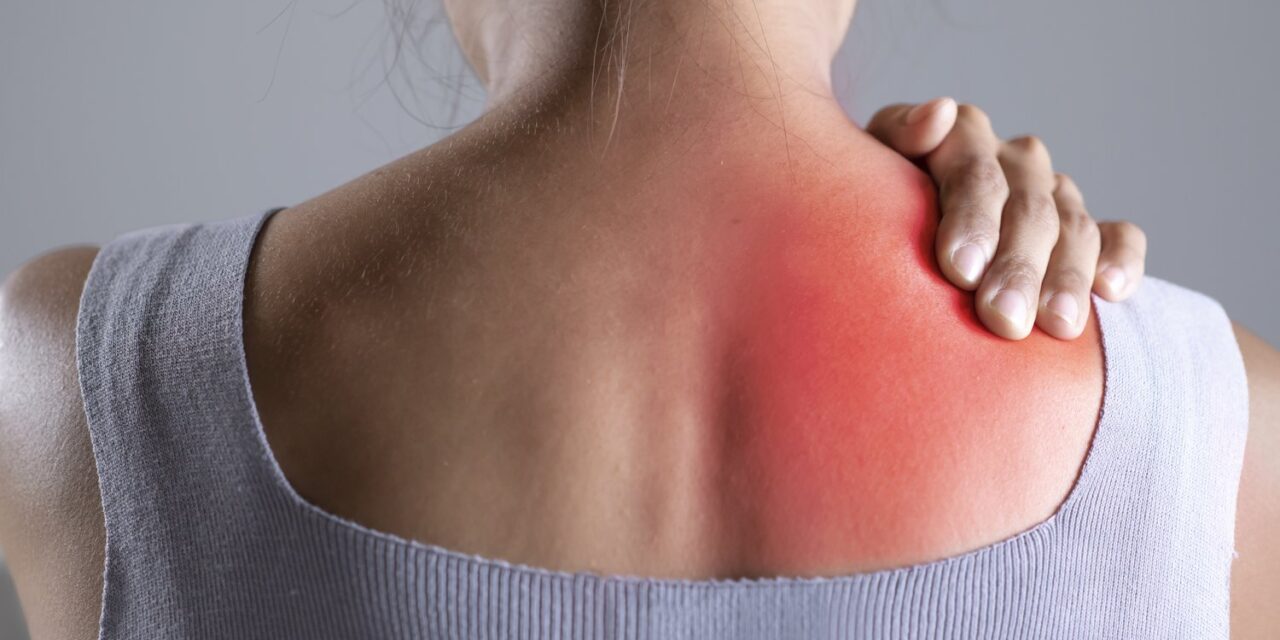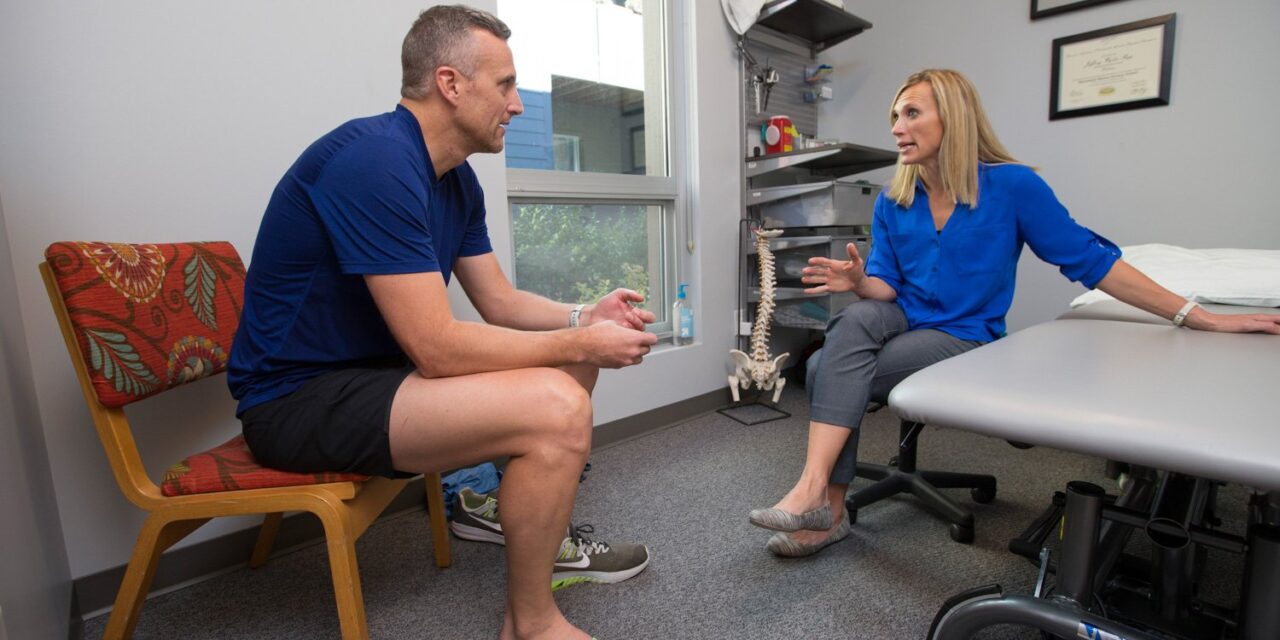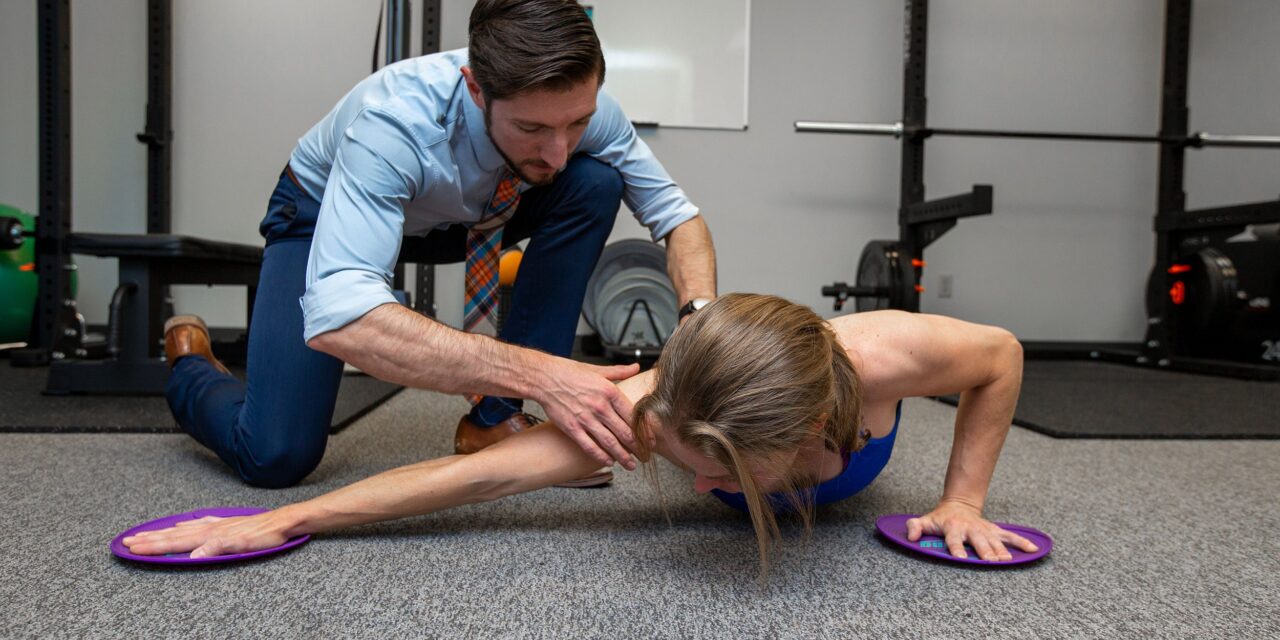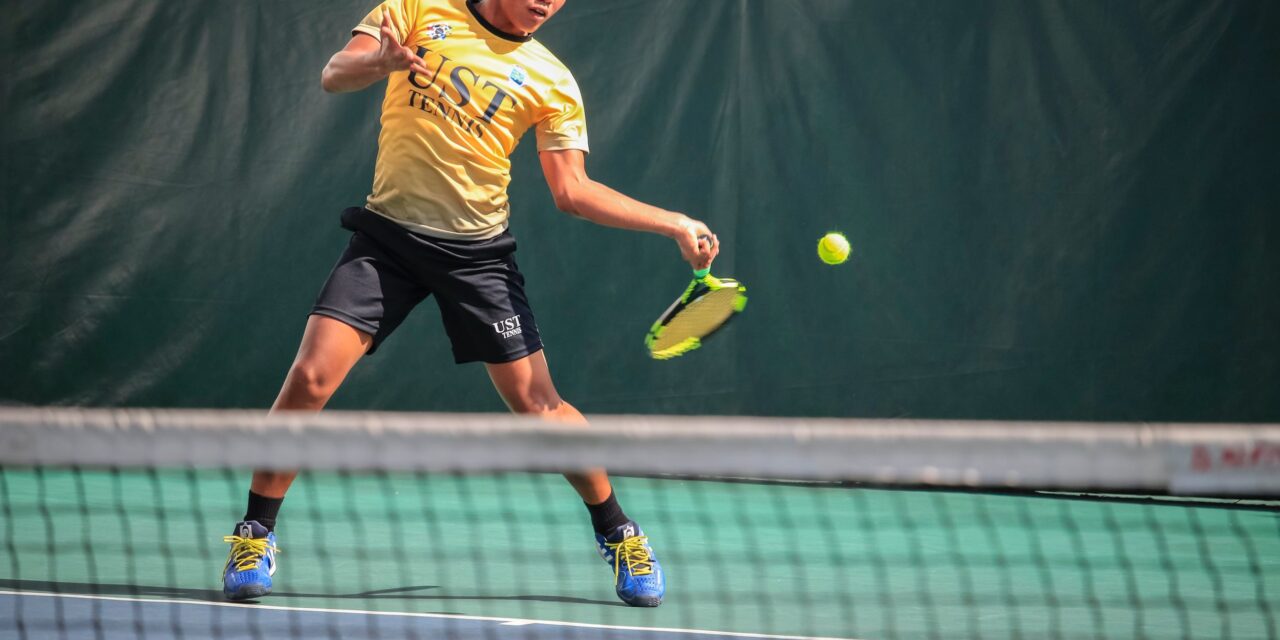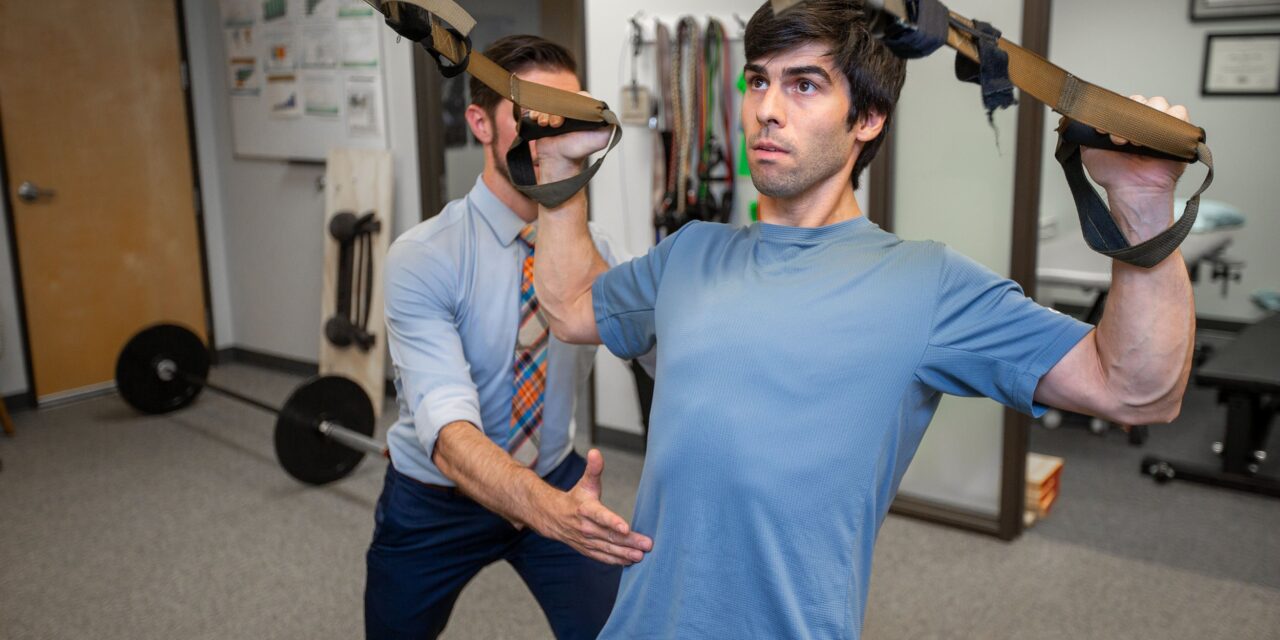There is an old saying in medicine “the difference between pathology and pain is the patient”. In our Boulder Physical Therapy and Lafayette Physical Therapy clinics this is shown in the interpretation of MRI results. As these images have become more and more sensitive they rarely miss anything in the body, but often find pathology...
3 Simple steps to ensure shoulder health
December 17, 2022
This guest blog was written by our good friends at CrossFit Sanitas. When we think about what it takes to stay healthy and strong, many of us visualize all the work we do in class to lift, pull, push, roll, or otherwise move our own weight and/or the weight in front of us. It’s easy...
Rotator cuff strengthening for CrossFit athletes
December 16, 2022
The rotator cuff is an essential group of muscles that stabilize the shoulder during overhead movements such as the strict press, jerk, snatch, and handstand push-up. These muscles are commonly injured by CrossFit athletes and weakness of the rotator cuff can lead to multiple shoulder pathologies such as, rotator cuff tendinopathy, impingement (subacromial pain syndrome),...
Why You Should Stop Massaging, Needling, and Mashing That Spot Next to Your Shoulder Blade
August 29, 2022
We have seen countless cases in our Boulder and Lafayette physical therapy offices of clients presenting with reports of a “knot” next to their shoulder blade that in many cases has often been massaged, needled, scraped or mashed to death with no lasting relief of symptoms. Scapular or shoulder blade pain is a classic sign...
Evidence Does Not Support Utilization Of Surgery Over Physical Therapy For Most Musculoskeletal Conditions
July 20, 2022
The vast majority of musculoskeletal conditions and diagnoses are not life threatening or time sensitive and allow for conservative treatments, including Physical Therapy, to be utilized prior to surgery. In our Boulder Physical Therapy practice we commonly see outcomes consistent with the current research on the utilization of Physical Therapy instead of surgery for common...
Attention Climbers: Scapular Dyskinesis Not Found To Be A Risk Factor For Future Injury
July 19, 2022
Rock climbing requires extensive strength of the shoulder and scapular stabilizer muscles. Having good strength to these muscles not only helps with climbing performance but also with injury prevention. During arm movements, a relative ratio of degree measurements occurs between the ball and socket of the shoulder and the shoulder blade on the rib cage....
Early Physical Therapy After Rotator Cuff Repair Is Associated With Improved Mobility And Outcomes
July 16, 2022
Rotator cuff repair is a common surgical procedures for middle to older age adults who reports shoulder pain and significant limitations in daily and recreational activities despite a course of early Physical Therapy. Early treatment by a Boulder Physical Therapist can prevent the need for surgery after a rotator cuff diagnosis, but in some individuals...
The rotator cuff is an essential group of muscles that stabilize the shoulder during overhead movements such as the tennis serve. These muscles are commonly injured by tennis players and weakness of the rotator cuff can lead to multiple shoulder pathologies such as impingement (subacromial pain syndrome), biceps tendinopathy, and glenohumeral joint sensitivity. The muscles...
“Chicken-winging” is a movement that every climber experiences. It is defined as a pattern of movement where the elbows raise to the sides instead of being tucked down closer to the chest. This compensation shows up when we’re fatigued and climbing near our limit. We all get told to avoid this position but many of...
Rotator Cuff Strengthening for Rock Climbers
April 11, 2022
The rotator cuff is an essential group of muscles that stabilize the shoulder during climbing movements. These muscles are commonly injured by rock climbing and weakness of the rotator cuff can lead to multiple shoulder pathologies such as impingement (subacromial pain syndrome), biceps tendinopathy, and glenohumeral joint sensitivity. The muscles that we treat most commonly...

